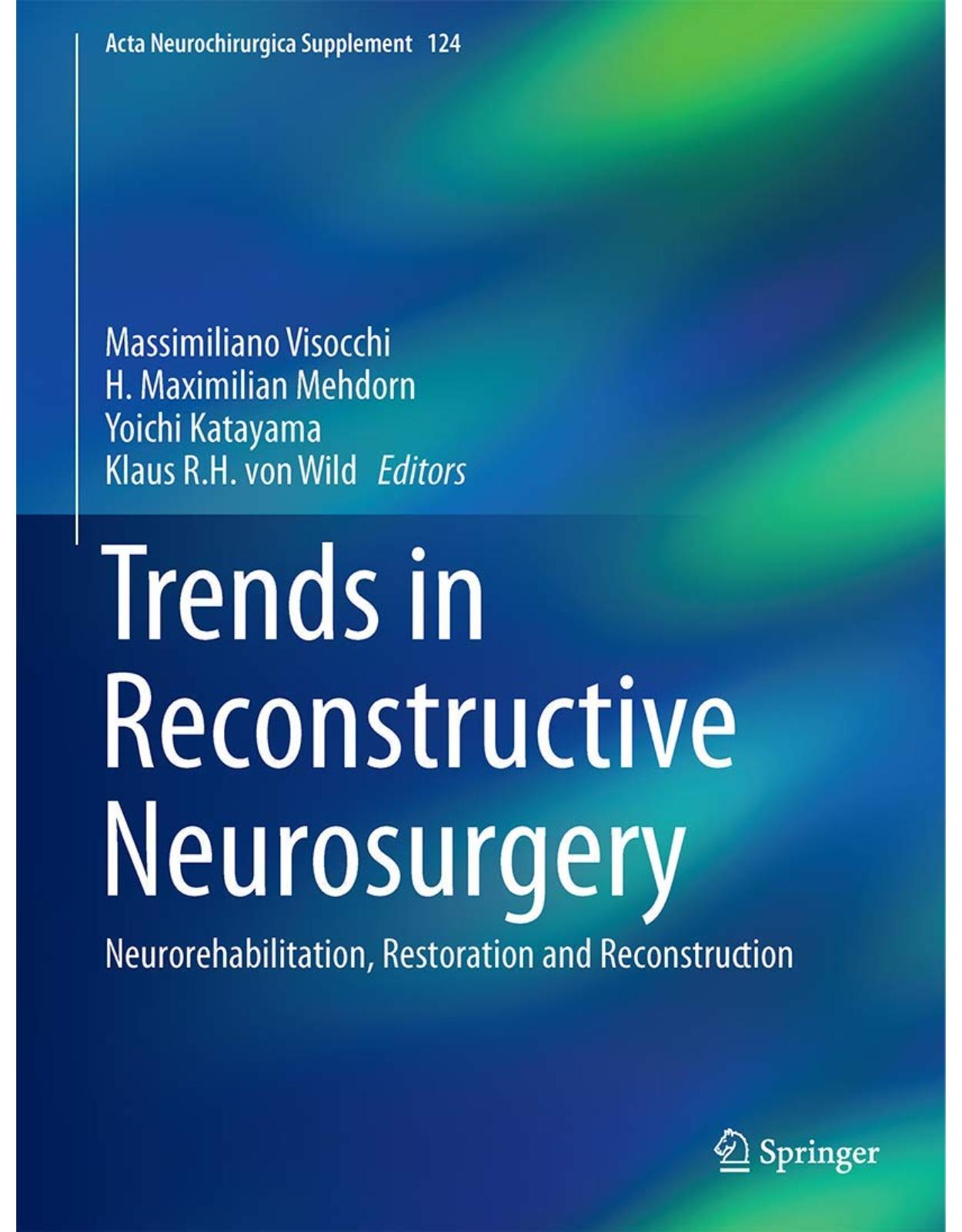
Trends in Reconstructive Neurosurgery
Livrare gratis la comenzi peste 500 RON. Pentru celelalte comenzi livrarea este 20 RON.
Description:
These proceeding cover new trends presented at the IV Congress of the International Society of Reconstructive Neurosurgery (ISRN), 2015. ISRN is an “open” multidisciplinary society that deals with advances in spine and peripheral-nerve reconstructive surgery, central nervous system revascularization (surgical, radio interventional), neuromodulation, bioengineering and transplantation, which are the latest tools used to promote reconstruction, restoration and rehabilitation.
Table of Contents:
Reconstructive Neurosurgery: A Challenge
References
Music and Mind: In Memoriam Professor Carlo Alberto Pagni, MD, PhD: February 13, 1931 –March 1, 2
Introduction
Years of Academic Interest and Friendship
Carlo Alberto Pagni: Music and Mind
References
Part I: Restorative Neurosurgery
Spinal Cord Stimulation: An Alternative Concept of Rehabilitation?
Introduction
Materials and Methods
Description of the Procedure
Results
Discussion
References
Recovery from Chronic Diseases of Consciousness: State of the Art in Neuromodulation for Persi
Introduction
Vegetative State
Minimally Conscious State
Diagnosis of CDC
Treatment
Materials and Methods
Results and Discussion
Spinal Cord Stimulation for CDC
Deep Brain Stimulation for CDC
References
Update on Mechanism and Therapeutic Implications of Spinal Cord Stimulation and Cerebral Hemodyn
Introduction
Materials and Methods
Results
Discussion
References
Spinal Cord Stimulation for Vegetative State and Minimally Conscious State: Changes in Consciousn
Introduction
Patients and Methods
Chronic SCS in VS and MCS Patients
Electrophysiological Evaluation
SCS Method for VS and MCS Patients
Measurement of Regional Cerebral Blood Flow Before and During SCS
Statistical Analysis
Results
Electrophysiological Evaluation of VS and MCS Patients
Phenomena Induced by 5-Hz Cervical SCS in VS and MCS
Long-Term Effect of SCS in VS Patients
Long-Term Effect of SCS in MCS Patients
Discussion
Electrophysiological Evaluation and Timing of SCS
Long-Term SCS for VS
Long-Term SCS for MCS
Recovery of Motor Function After 5-Hz Cervical SCS in MCS Patients
References
Adverse Effects and Surgical Complications in Pediatric Patients Undergoing Vagal Nerve Stimulatio
Introduction
Materials and Methods
Patient Population
Surgical Technique
Results
Discussion
References
Vagal Nerve Stimulation for Drug-Resistant Epilepsy: Adverse Events and Outcome in a Series of
Introduction
Materials and Methods
Results
Discussion
References
Part II: Reconstructive Neurosurgery: Spine
Restoring Neurological Physiology: The Innovative Role of High-Energy MR-Guided Focused Ultrasou
Introduction
Materials and Methods
Results
Discussion
References
Extraforaminal Disk Herniation Treatment with Surgical Exploration by Unilateral Intertransversarii
Introduction
Materials and Methods
Patients
Surgical Technique
Results
Preoperative Findings
Surgical Approaches
Surgical Complications
Six-Week Postoperative Findings
Six-Month Postoperative Findings
Eighteen-Month Postoperative Findings
Discussion
Clinical Aspects
Radiological Diagnosis
Other Diagnostic Modalities
Surgical Approaches
References
Restoration of Thoracolumbar Spine Stability and Alignment in Elderly Patients Using Minimally In
Introduction
Patients and Methods
Results
Discussion
References
Atlantoaxial Joint Distraction with a New Expandable Device for the Treatment of Basilar Invagi
Introduction
Methods
Results
Discussion
References
Reconstruction of Vertebral Body After Radiofrequency Ablation and Augmentation in Dorsolumbar Me
Introduction
Materials and Methods
Results
Discussion
Bibliography
Part III: Reconstructive Neurosurgery: Brain
Endoscopic Reconstruction of CSF Pathways in Ventricular Tumors
Introduction
Material and Methods
Results
Complications
Follow-Up
Discussion
References
Minipterional Craniotomy for Treatment of Unruptured Middle Cerebral Artery Aneurysms. A Single-Ce
Introduction
Material and Methods
Statistical Analysis
Results
Demographic Features
Topographic Distribution and Angioarchitectural Features of MCA Aneurysms
Clinical Outcomes
Angiographic Outcome
Esthetic and Functional Outcome
Complications
Discussion
References
Efficacy of Microsurgical Sublabial Approach (MSA) Versus Endoscopic Endonasal Approach (EEA) for
Introduction
Materials and Methods
Results
Discussion
References
Direct and Oblique Approaches to the Craniovertebral Junction: Nuances of Microsurgical and End
Introduction
Anatomical Studies of Endoscopic Craniovertebral Approaches
Endoscopic Transoral Approach
Endoscopic Endonasal Approach
Endoscopic Transcervical Approach
Comparison Studies
Surgical Studies (Table 2)
References
Craniovertebral Junction Transanasal and Transoral Approaches: Reconstruct the Surgical Pathways w
Introduction
Material and Methods
Results (Tables 1a and 1b; Fig. 1)
Discussion
Cadaveric Study
References
Spheno-Orbital Meningiomas: When the Endoscopic Approach Is Better
Introduction
Material and Methods
Illustrative Case
Results
Discussion
References
Giant Basilar Artery Aneurysm Involving the Origin of Bilateral Posterior Cerebral and Superior Cere
Introduction
Case Report
Discussion
References
Part IV: Reconstructive Neurosurgery: Technical Notes
Skull Bone Defects Reconstruction with Custom-Made Titanium Graft shaped with Electron Beam Melting
Introduction
Materials and Methods
Description of the Procedure
Results
Discussion
References
Myelomeningocele Repair: Surgical Management Based on a 30-Year Experience
Introduction
Timing of Surgery
Early Management of Hydrocephalus
Myelomeningocele Repair
In-Utero MMC Repair
References
RETRACTED CHAPTER: Anterior Cervical Discectomy and Fusion with a Compressive C-JAWS Staple
Introduction
Materials and Methods
Patients
Surgical Procedures
Follow-Up
Results
Clinical Outcomes
Radiographic Results
Discussion
References
Olfactory Groove Meningiomas: Acute Presentation and Potential
Introduction
Patient History and Presentation
Preoperative Course
Operative Course
Postoperative Course
Discussion
References
Middle Temporal Gyrus Versus Inferior Temporal Gyrus Transcortical Approaches to High-Grade Astrocy
Introduction
Methods
Results
Cohort Characteristics
Surgical Approach and Outcomes
Discussion
White Fiber Tracts
Comparison of Different Approaches to the MTL
Complications: Middle Versus Inferior Temporal Gyrus
References
Tips and Tricks for Anterior Cranial Base Reconstruction
Introduction
General Principles of Good Skull Base Reconstruction
Anatomo-Surgical Knowledge
Approach Selection
Cooperation
References
Part V: Neurosurgical Rehabilitation and Outcome
Clinical and Neuropsychological Outcome After Microsurgical and Endovascular Treatment of Rupture
Introduction
Materials and Methods
Results
Discussion
References
Ventricular Central Neurocytoma: Rate of Shunting and Outcome 2 Years After Total and Subtotal Ex
Introduction
Aim
Patients and Methods
Results
Case Illustration
Case (1) (Fig. 2)
Case (2) (Fig. 3)
Case (3) (Fig. 4)
Discussion
References
Complications in Craniovertebral Junction Instrumentation: Hardware Removal Can Be Associated with
Introduction
Materials and Methods
Case Presentation 1
Case Presentation 2
Case Presentation 3
Discussion
Case Considerations
Case 1
Case 2
Case 3
References
Management of Cerebral Radiation Necrosis: A Retrospective Study of 12 Patients
Introduction
Material and Methods
Results
Discussion
References
The Rehabilitation of Spinal Cord Injury Patients in Europe
Introduction and Epidemiology
European Contribution to the Rehabilitation of SCI Patients
State of the Art of Rehabilitation Systems in Europe for Patients with Spinal Cord Injury
References
ReAbility: Complex External Prosthesis Systems to Rehabilitate Movement
Introduction
Materials and Methods
Results
Discussion
Advantages of the Device
Target of the Initiative
Estimate of Potential Users
Estimate of the Direct and Indirect Public
Direct Public
Indirect Public
The Objectives
The Future
The Medical Role
The Project Aims
Future Developments
References
Part VI: Neurosurgical Rehabilitation and Outcome: Special Issues
Focus on Functional Delayed Central Sleep Apnea Following Cervical Laminectomy. An Example of Res
Introduction
Breathing Anatomy and Physiology
References
Brainstem and Autonomic Nervous System Dysfunction: A Neurosurgical Point of View
Introduction
Central Autonomic Network (CAN) and the Brainstem
Autonomic Tests
Autonomic Dysfunction
Which Neurosurgical Pathologies Can Affect CAN Structures?
Tumors
Vascular Compression
Other Pathologies
References
Correlation Between Timing of Surgery and Outcome in ThoracoLumbar Fractures: Does Early Surgery
Introduction
Methods
Results
First Multivariate Analysis: Correlation Between Timing of Surgery, ASIA Scores, and Patient Out
Second Multivariate Analysis: Correlation Between Timing of Surgery and Neurological Changes
Third Multivariate Analysis: Correlation Between Site of Fracture and Patient Outcome
Discussion
References
Part VII: Diagnostic in Surgery
Functional Magnetic Resonance Imaging (fMRI), Pre-intraoperative Tractography in Neurosurgery: The
Introduction
Methods and Materials
Preoperative MR Protocol
Intraoperative MR Protocol (BrainSUITE)
Brain Shift Evaluation
Results
Discussion
References
Functional Reconstruction of Motor and Language Pathways Based on Navigated Transcranial Magnetic
Introduction
Materials and Methods
Patients and Mapping Protocol
nTMS Mapping of Motor and Speech Areas
nTMS-Based DTI Tractography of the CST and AF
Impact on Surgical Strategy
Surgery
Impact on Intraoperative Neurophysiological Monitoring of the Motor Pathway
Impact on Functional Outcome
Statistical Analysis
Results
Impact on Surgery
Impact on Intraoperative Neurophysiological Monitoring of Motor Pathway
Impact on Functional Outcome
Discussion
References
Intraoperative Neurophysiological Monitoring in Spine Surgery: A Significant Tool for Neuronal Pr
Introduction
Materials and Methods
Results
Patient Demographics
Neurophysiological Alerts and Outcome
Discussion
References
Combination of Magnetic Resonance Imaging and Electrophysiological Studies in Lumbar Disc Herniat
Introduction
Materials and Methods
Patients
Surgical Procedure
MRI Evaluation
Electrophysiological Studies
Results
Discussion
References
Use of High-Resolution Ultrasonography in Anterior Subcutaneous Transposition of the Ulnar Nerve
Introduction
Patients and Methods
Patients
Ultrasonography
Surgical Technique: Anterior Subcutaneous Transposition
Statistical Analysis
Results
Discussion
References
Neuropsychological Assessment in the Differential Diagnosis of Idiopathic Normal Pressure Hydroce
Introduction
Materials and Methods
Neuropsychological Assessment
Statistical Analysis
Results
Discussion
References
Does Navigation Improve Pedicle Screw Placement Accuracy? Comparison Between Navigated and Non-navi
Introduction
Materials and Methods
Results
Discussion
References
The Significance of Abnormal Muscle Response Monitoring During Microvascular Decompression for Hem
Introduction
Patients and Methods
Patients
Intraoperative AMR Monitoring
Surgical Strategy
Outcome Evaluation
Statistical Analysis
Results
AMR Findings
Correlation Between AMR and Postoperative Outcomes
Complications
Discussion
References
One-Pot Aqueous Synthesization of Near-Infrared Quantum Dots for Bioimaging and Photodynamic Ther
Introduction
Materials and Methods
Materials
Preparation of CdTe/CdS Nanoprobe
Characterization of QD
Cell Culture
In Vitro Imaging
Dark Cytotoxicity
Photodynamic Activity
Statistical Analysis
Results
Physicochemical Characterization of QD
Targeting for Human Glioma Cells
Cytotoxicity
Discussion
References
Awake Craniotomy for Tumor Resection: Further Optimizing Therapy of Brain Tumors
Introduction
Materials and Methods
Results
Discussion
References
Radioguided Occult Lesion Localization in Deep Schwannomas of the Peripheral Nerves: Results of
Introduction
Methods
Results
Discussion
References
EMG-Guided Percutaneous Placement of Cement-Augmented Pedicle Screws for Osteoporotic Thoracolumba
Introduction
Material and Methods
Study Design
Surgical Procedure
Results
Discussion
References
Transpedicular Approach to Thoracic Disc Herniaton Guided by 3D Navigation System
Introduction
Materials and Methods
Patient Population
Preoperative Preparation
Electrophysiological Monitoring
Surgical Procedure
Results
Discussion
References
Retraction Note to: Anterior Cervical Discectomy and Fusion with a Compressive C-JAWS Staple
Erratum to: Clinical and Neuropsychological Outcome After Microsurgical and Endovascular Treatment o
Author Index
Subject Index
| An aparitie | 2017 |
| Autor | Visocchi |
| Dimensiuni | ? 20.96 x 2.54 x 27.94 cm |
| Editura | Springer |
| Format | Hardcover |
| ISBN | 9783319395456 |
| Limba | Engleza |
| Nr pag | 350 |
-
1,18700 lei 1,06900 lei

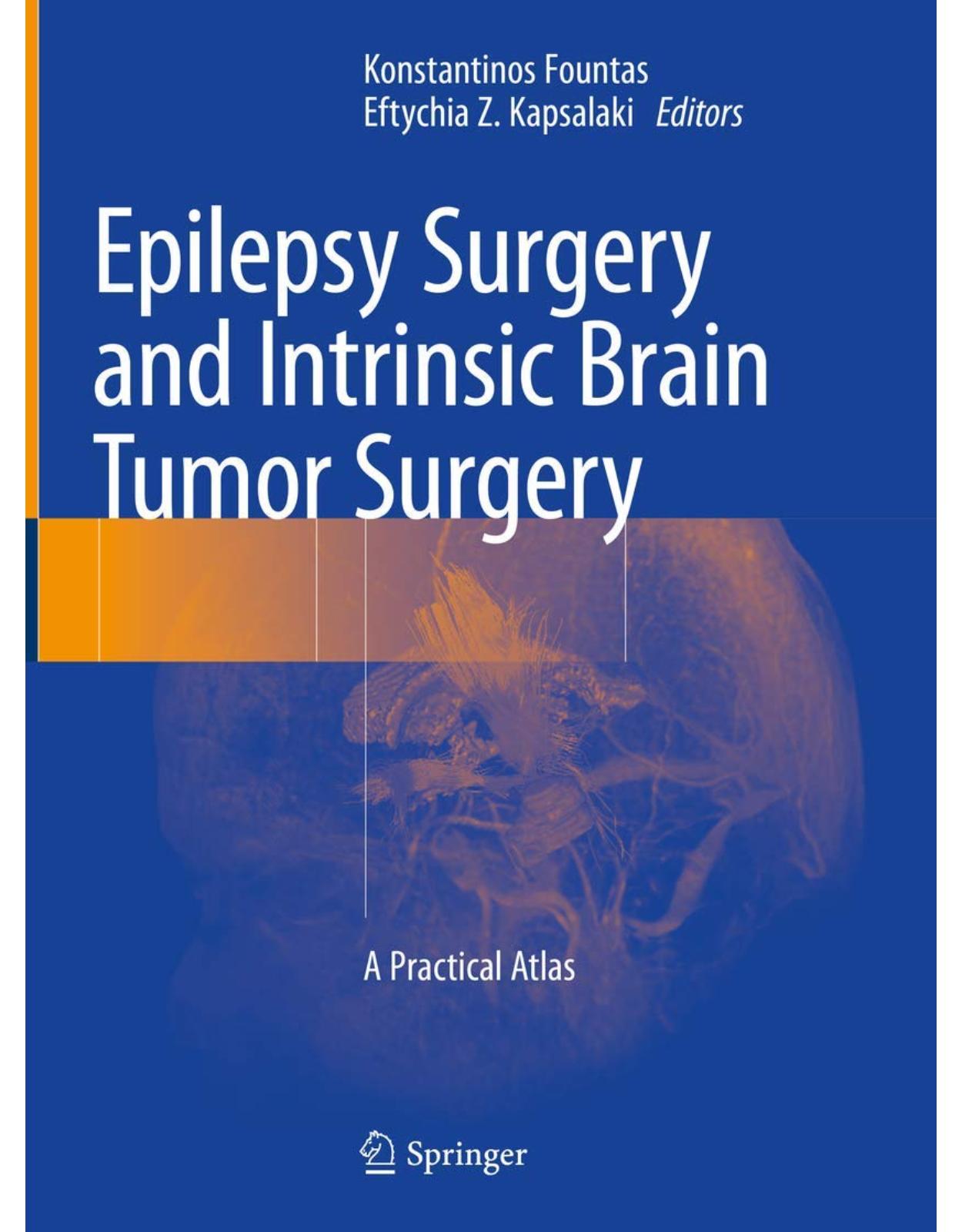
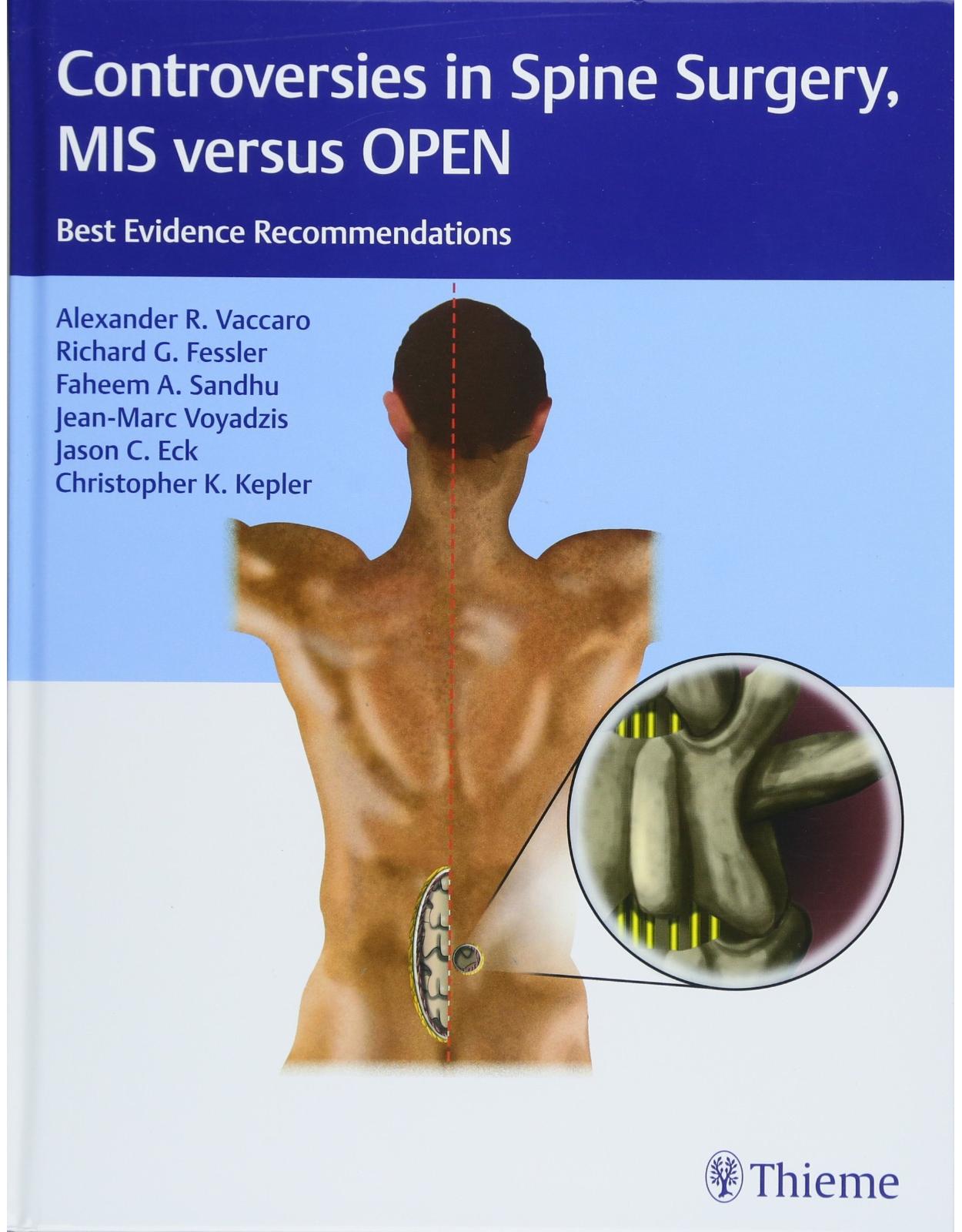
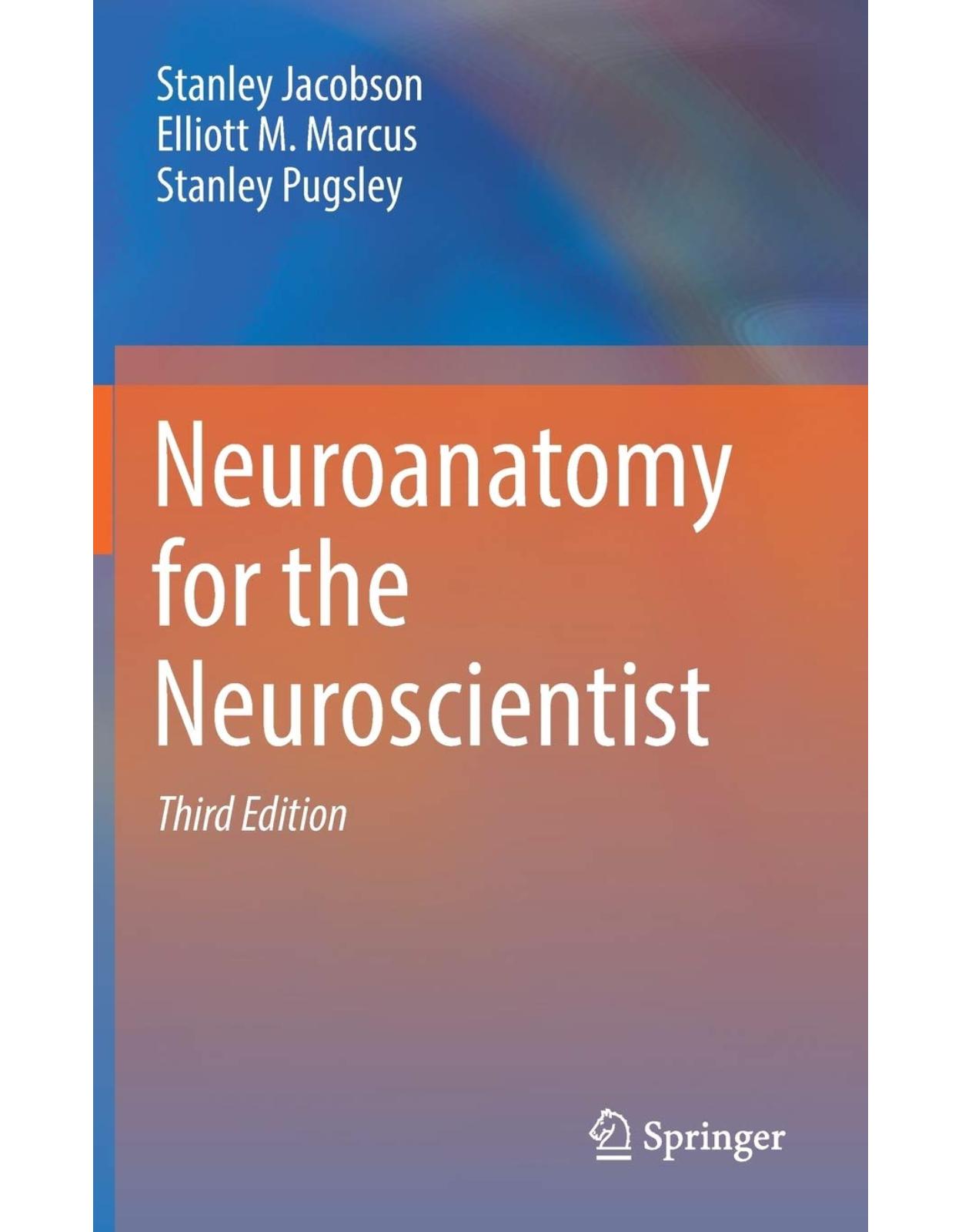
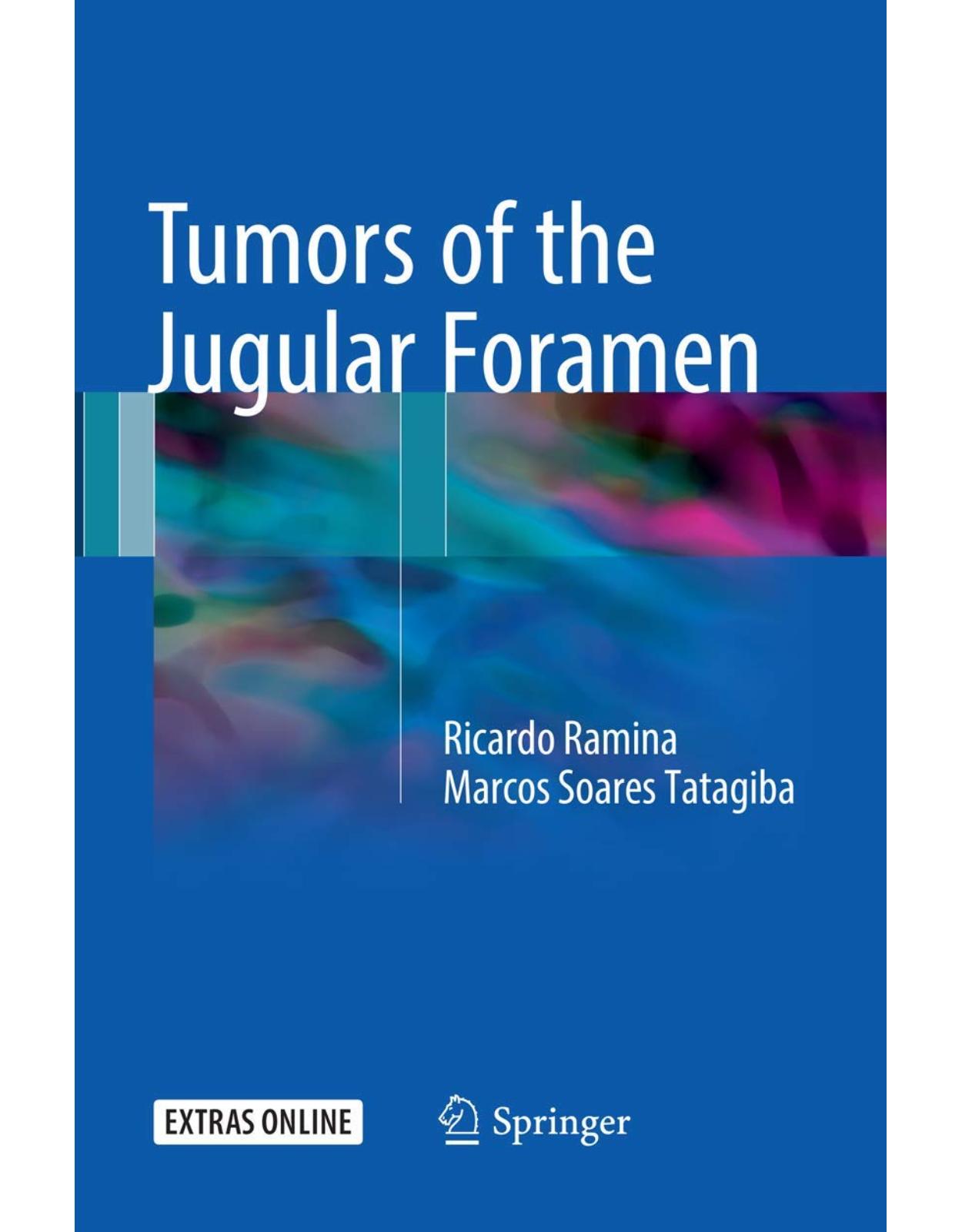
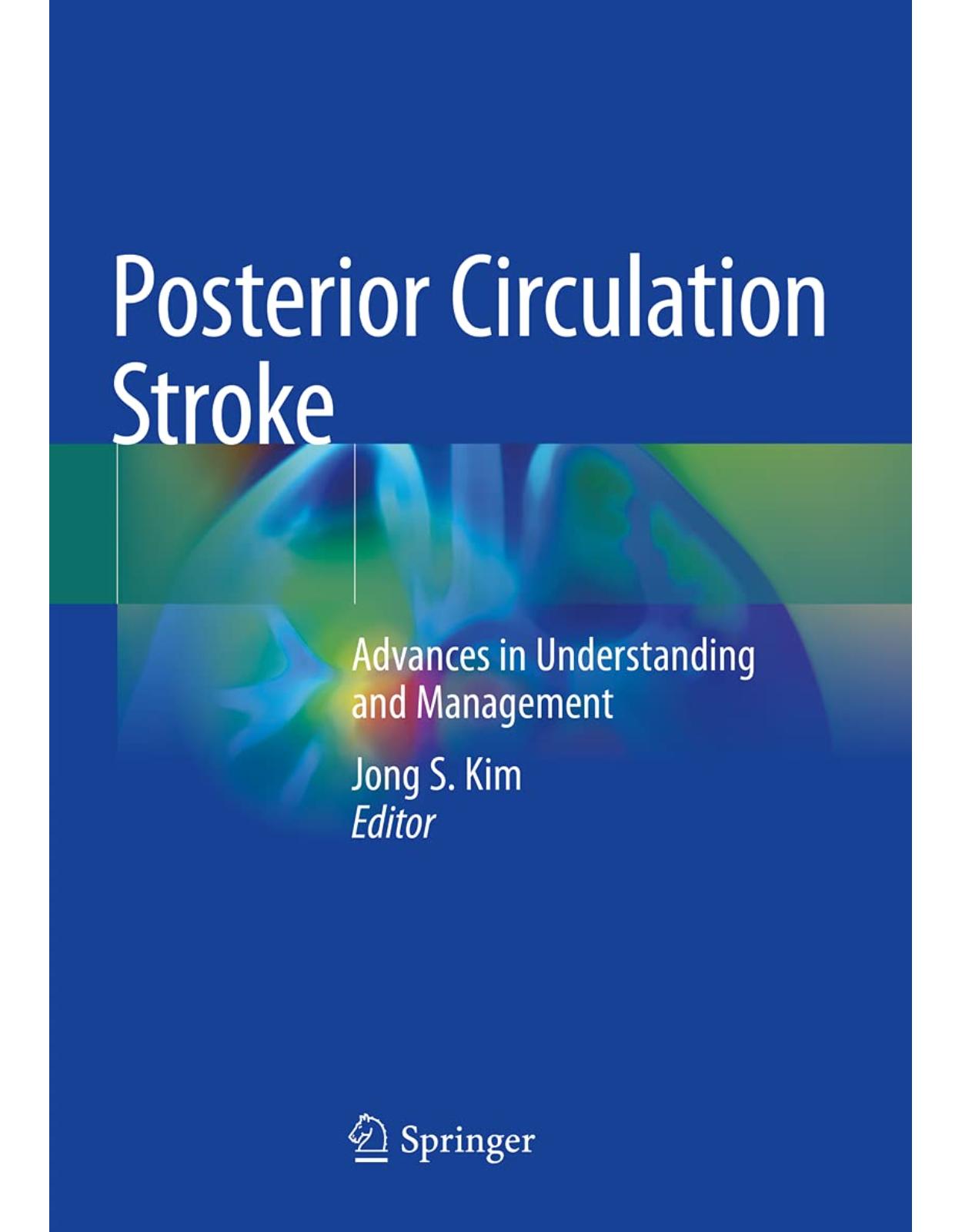
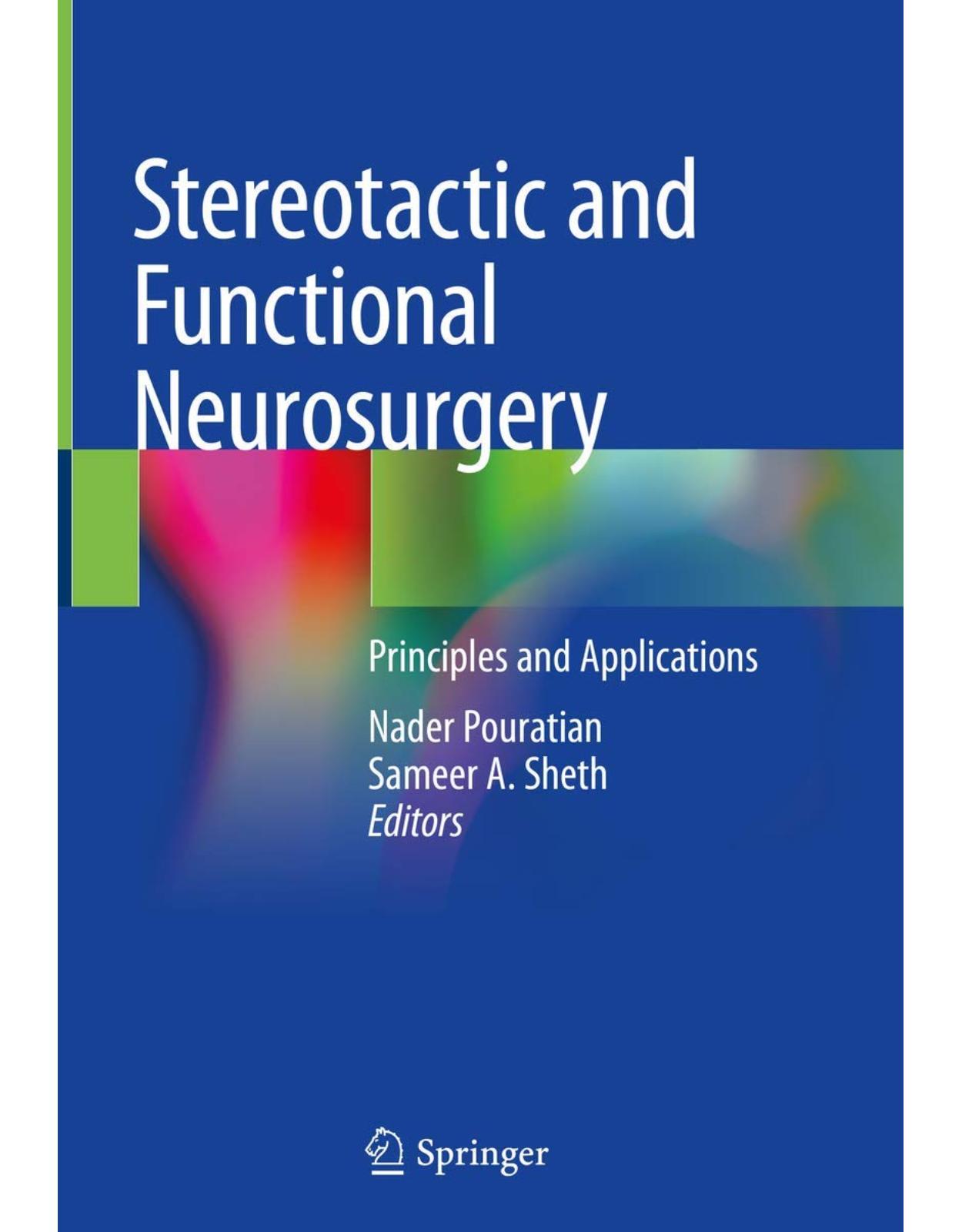
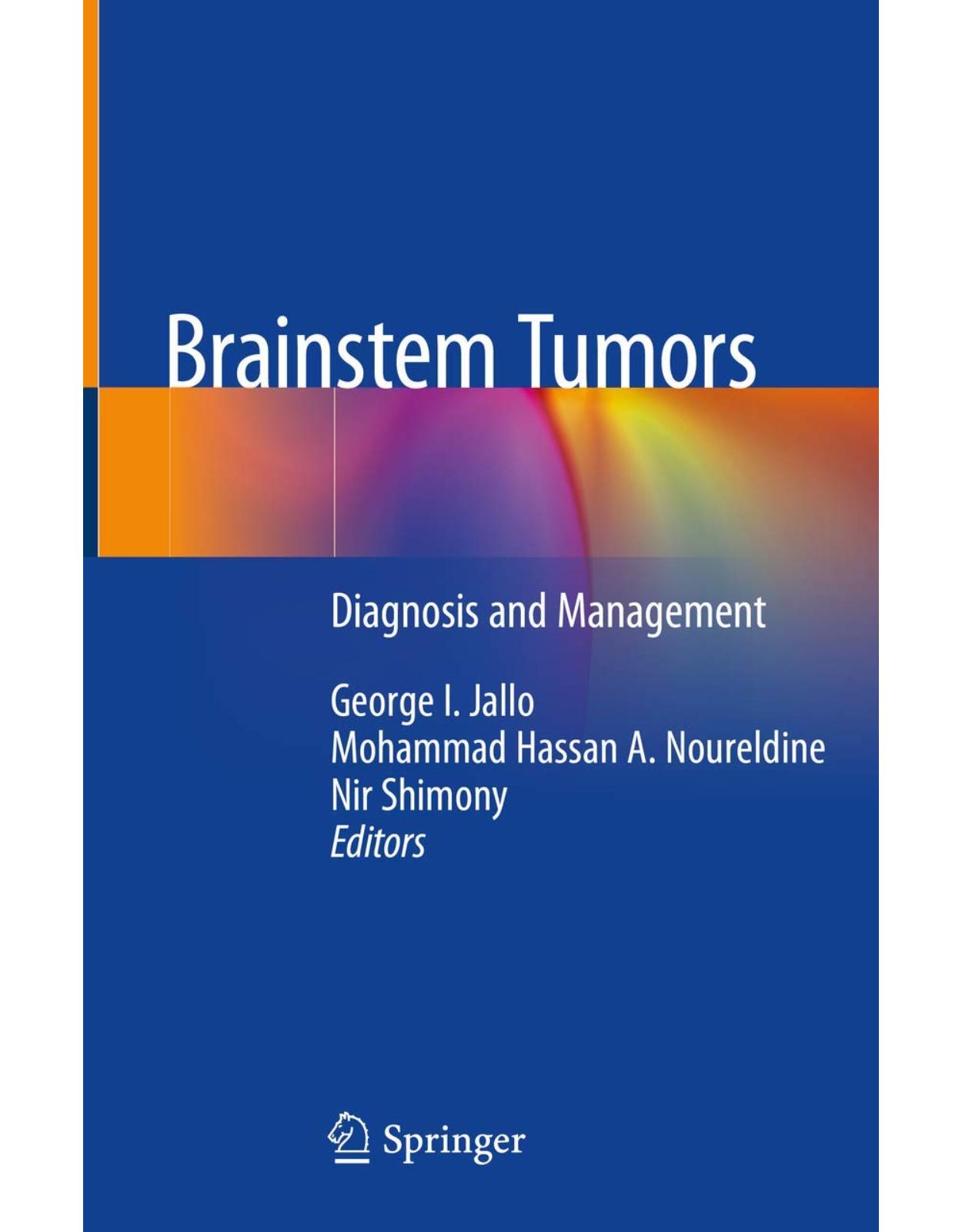
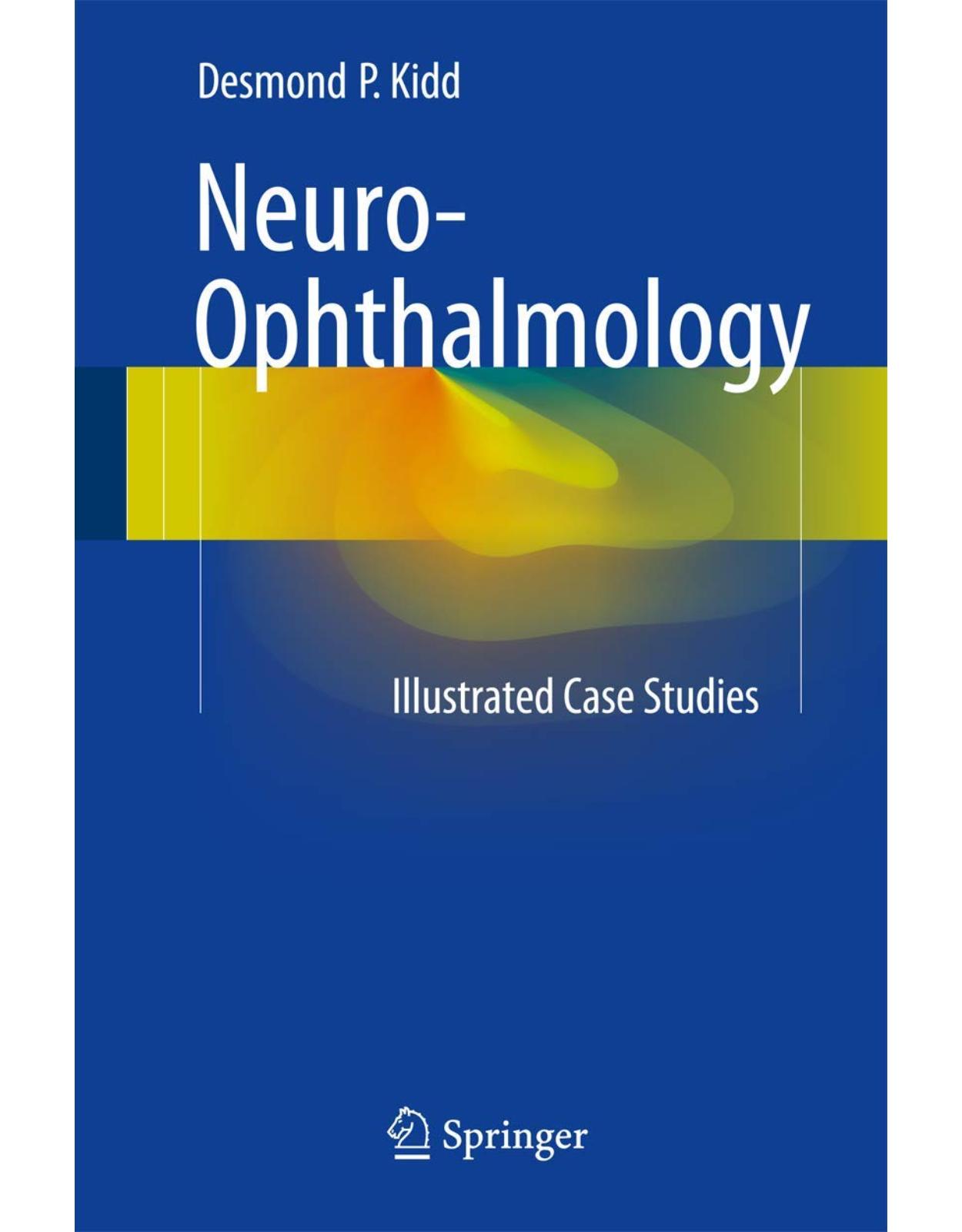
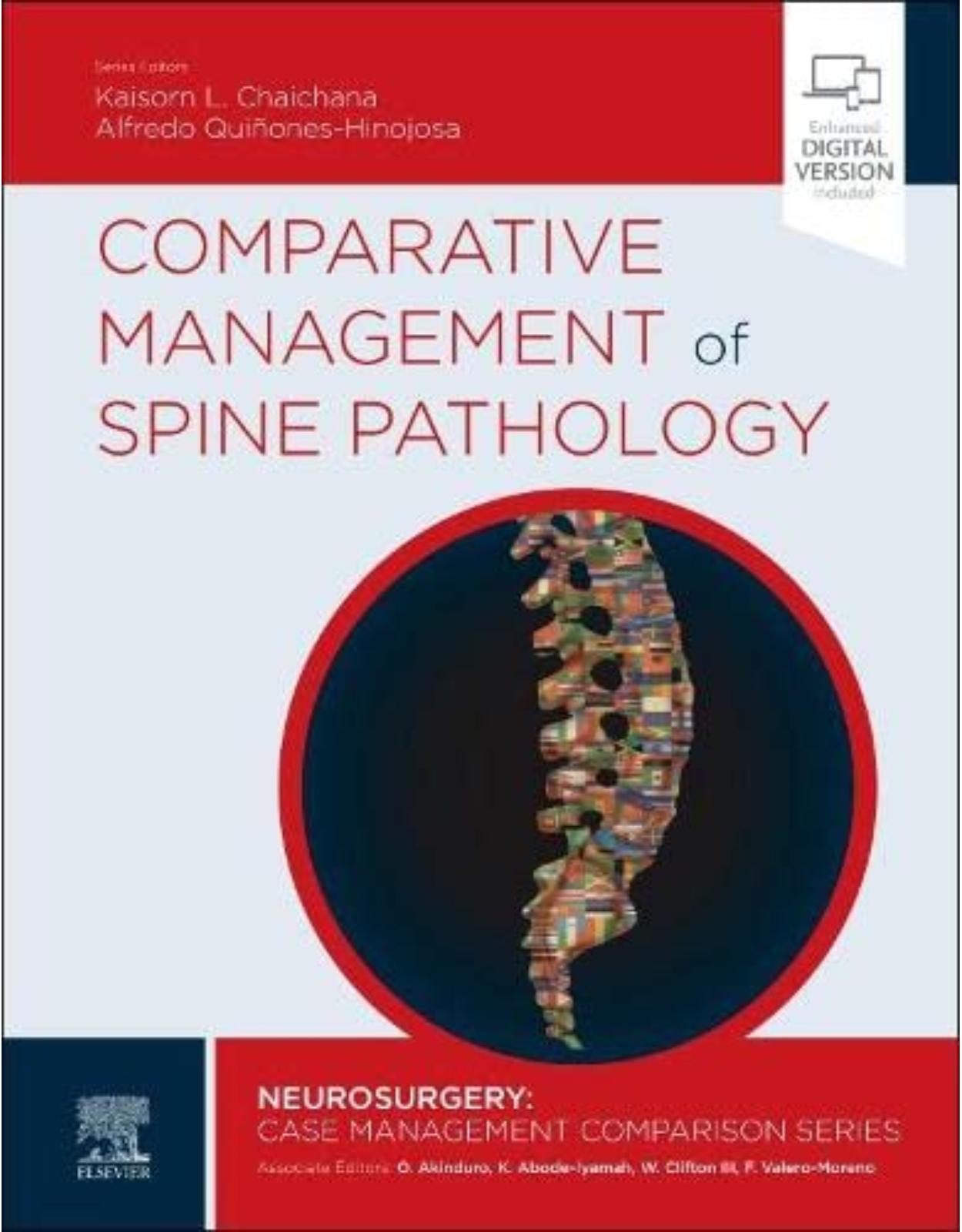
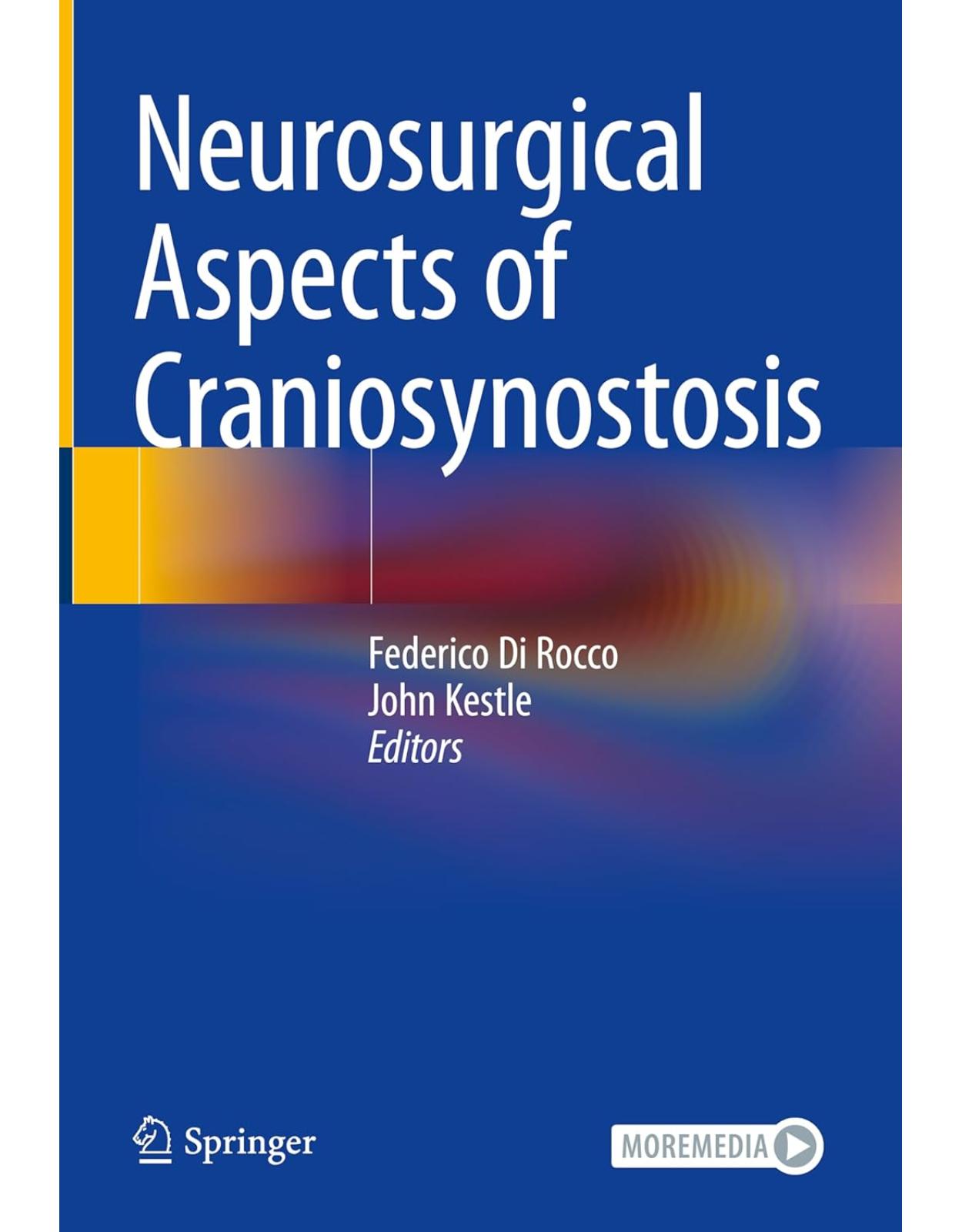
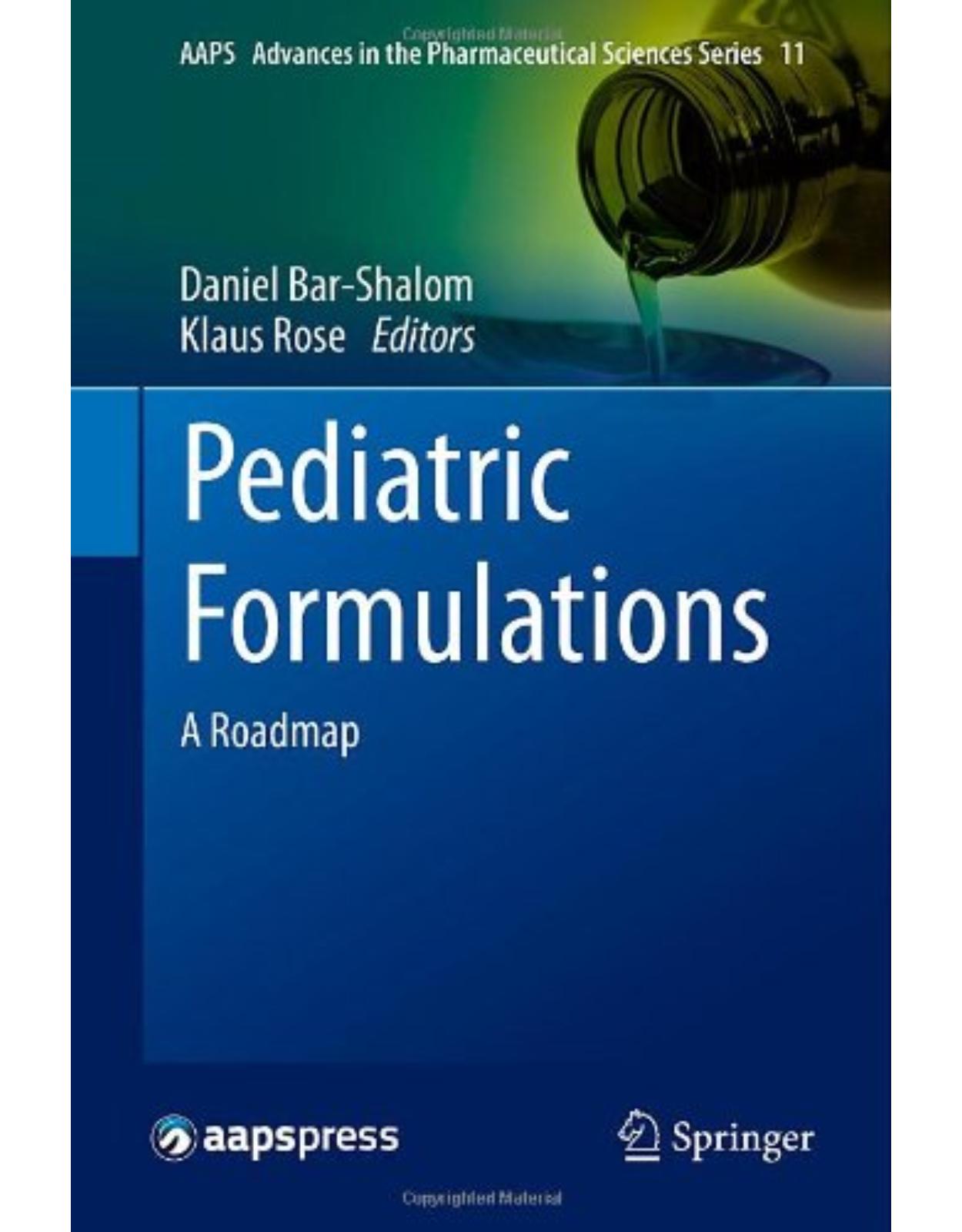
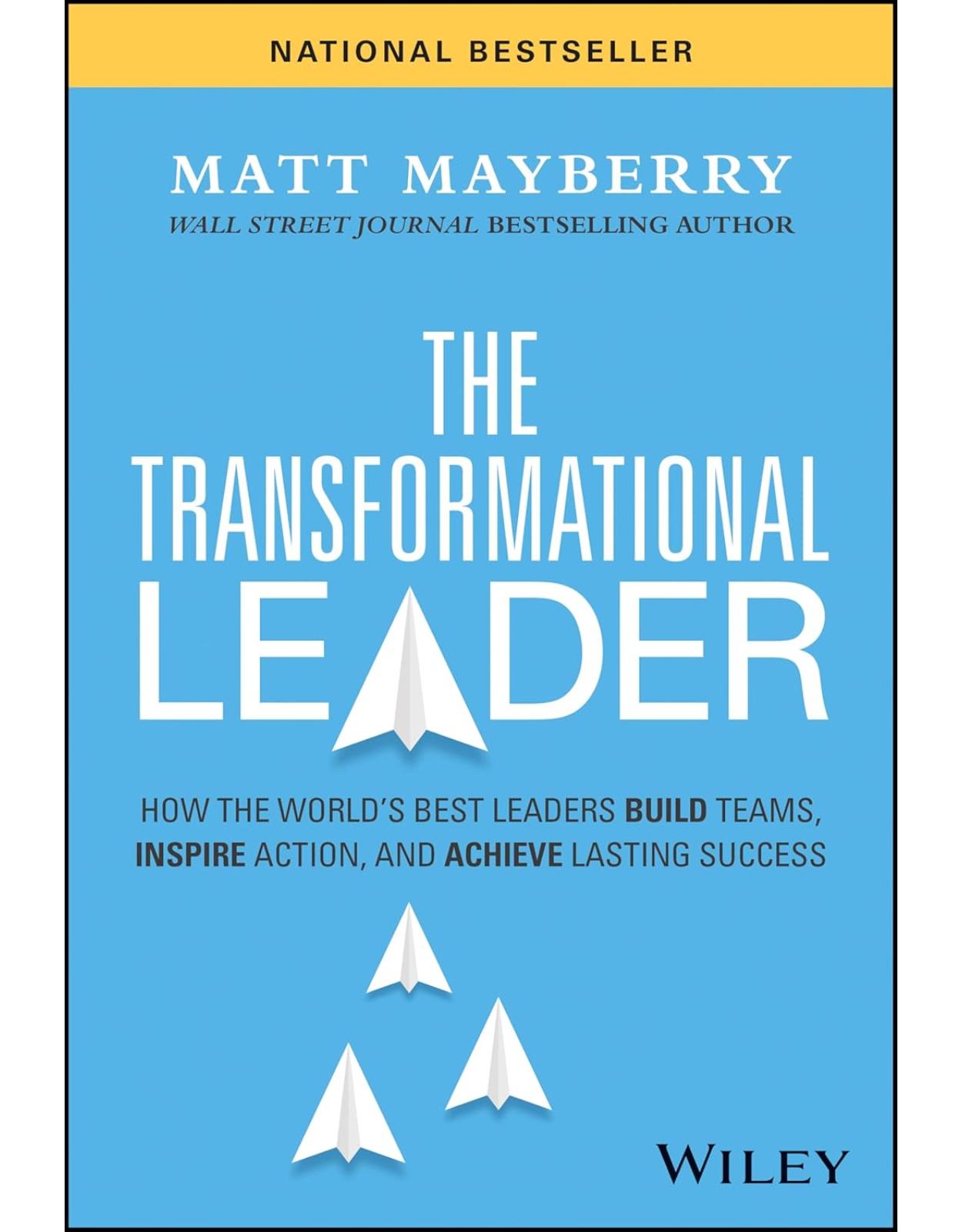
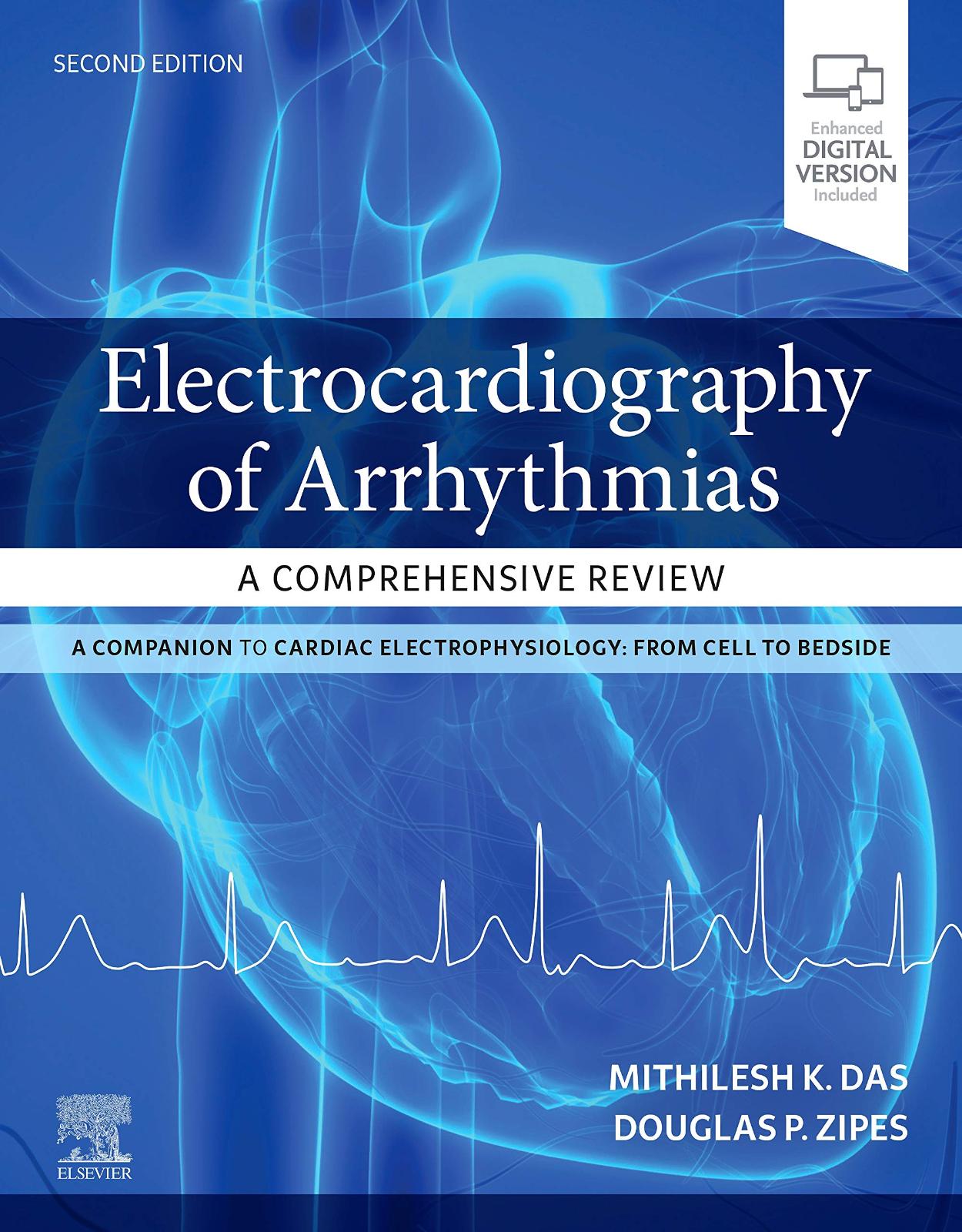

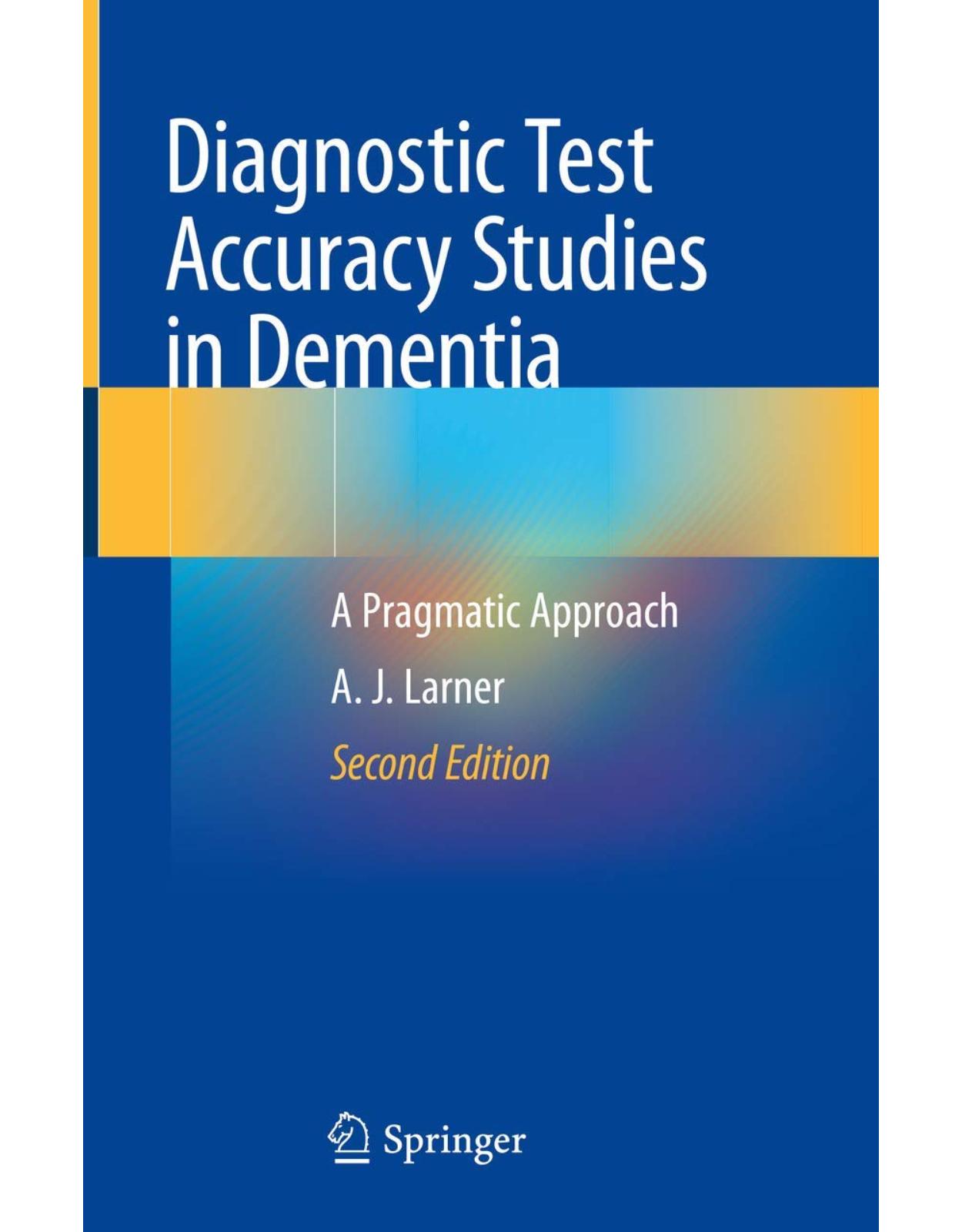
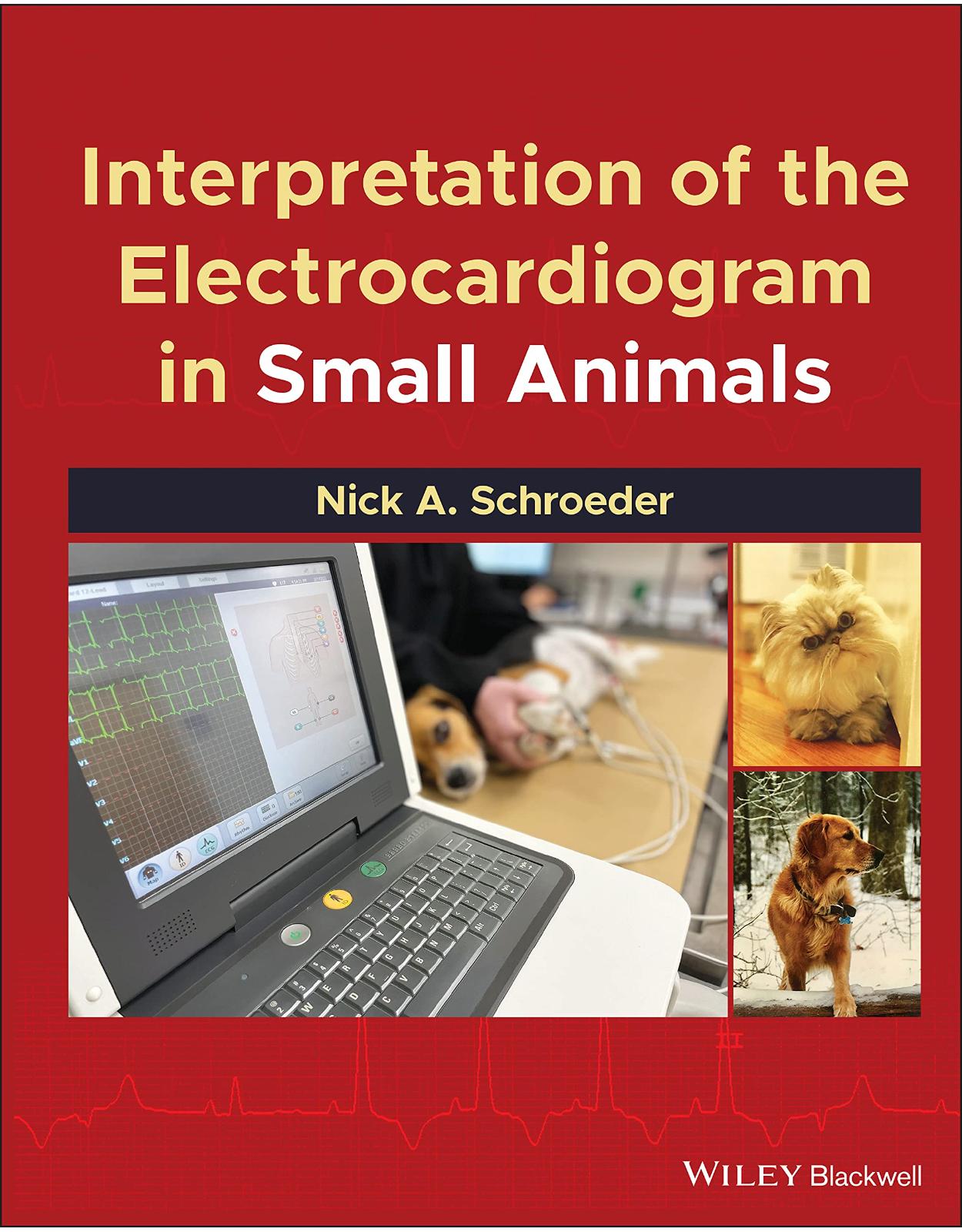
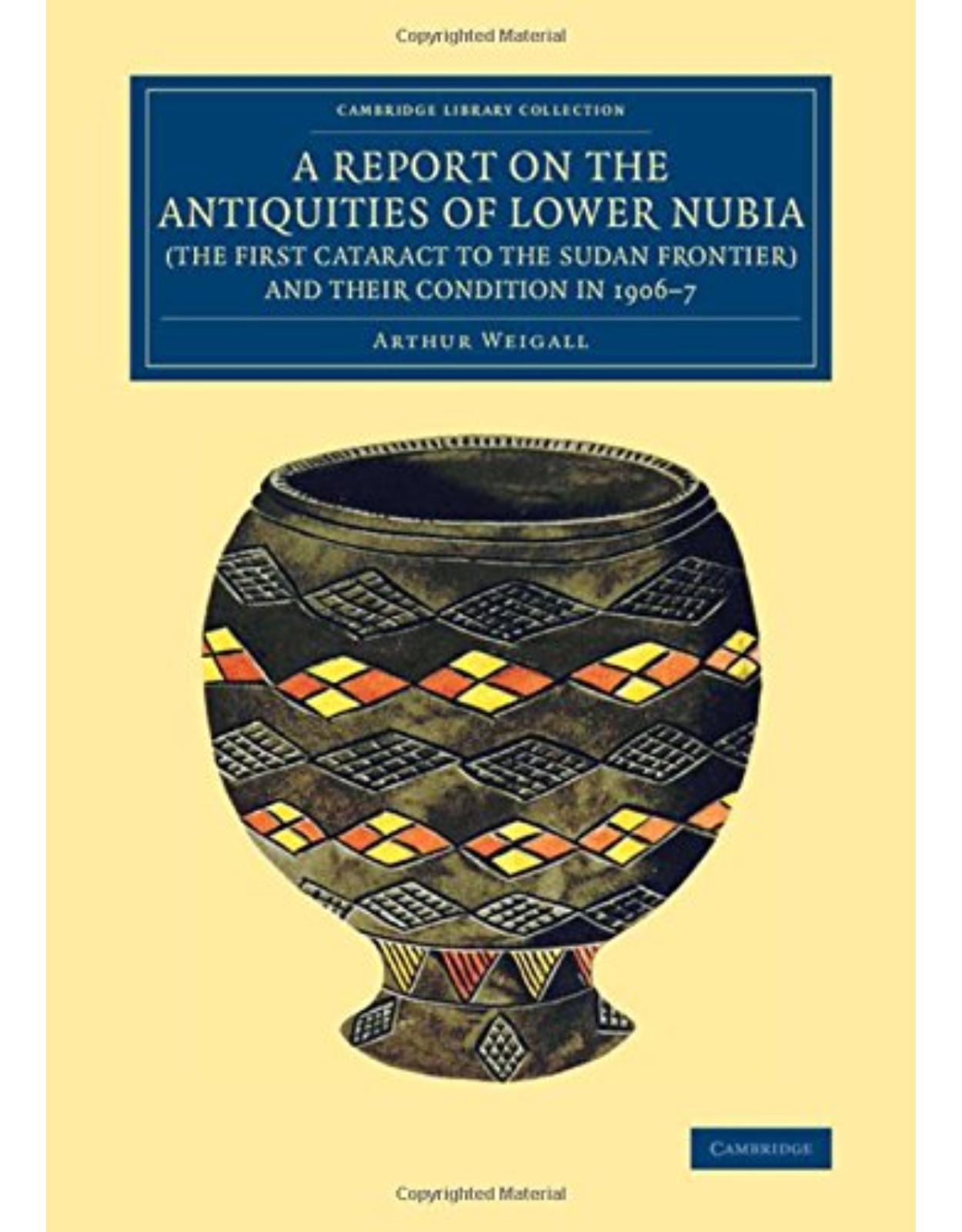
Clientii ebookshop.ro nu au adaugat inca opinii pentru acest produs. Fii primul care adauga o parere, folosind formularul de mai jos.